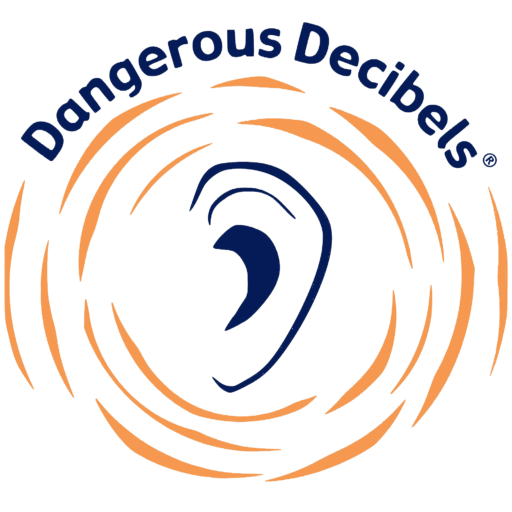Class Rules and Expectations

- Explain the class rules and expectations.
- Designate the attention call or quiet signal. This is a technique that teachers are familiar with. They may use the “Quiet Coyote” hand signal, or a series of 3 hand claps to signal the need for the class to quiet down. Or sometimes it is a verbal countdown or a code word/phrase that instantaneously alerts the students to be quiet and give their attention to the instructor. If there isn’t one already in use in the classroom, you can make up your own signal to use.
- Reinforce an expectation that everyone will have FUN! And LEARN!



In some classrooms, the students rotate through various roles, such as who is responsible for “passing items out” to their peers. So, it might be important to be aware of these expectations before they spontaneously appear during an activity. For instance, if there is a designated student for passing out materials, they will expect to have this role when passing out pipe cleaners to the students. If this is known in advance, you can instruct the student how to participate alongside you. Try to incorporate these established roles when possible.

On occasion, some classrooms also are structured so that students are already divided up into sub-groups for volunteering or participating in activities. Ideally, the Dangerous Decibels educator will communicate with the primary classroom teacher to coordinate these sorts of expectations in advance.
In other instances, the classroom may be very spontaneous and may not have pre-established rules or classroom management strategies. In this case, the Dangerous Decibels educator will need to clearly establish and reinforce the need for respect and classroom compliance with the rules for the activities to be successful. Experienced teachers will be a great resource for those that are new to the educator role in a classroom.
Please watch this “Introduction” video clip.
